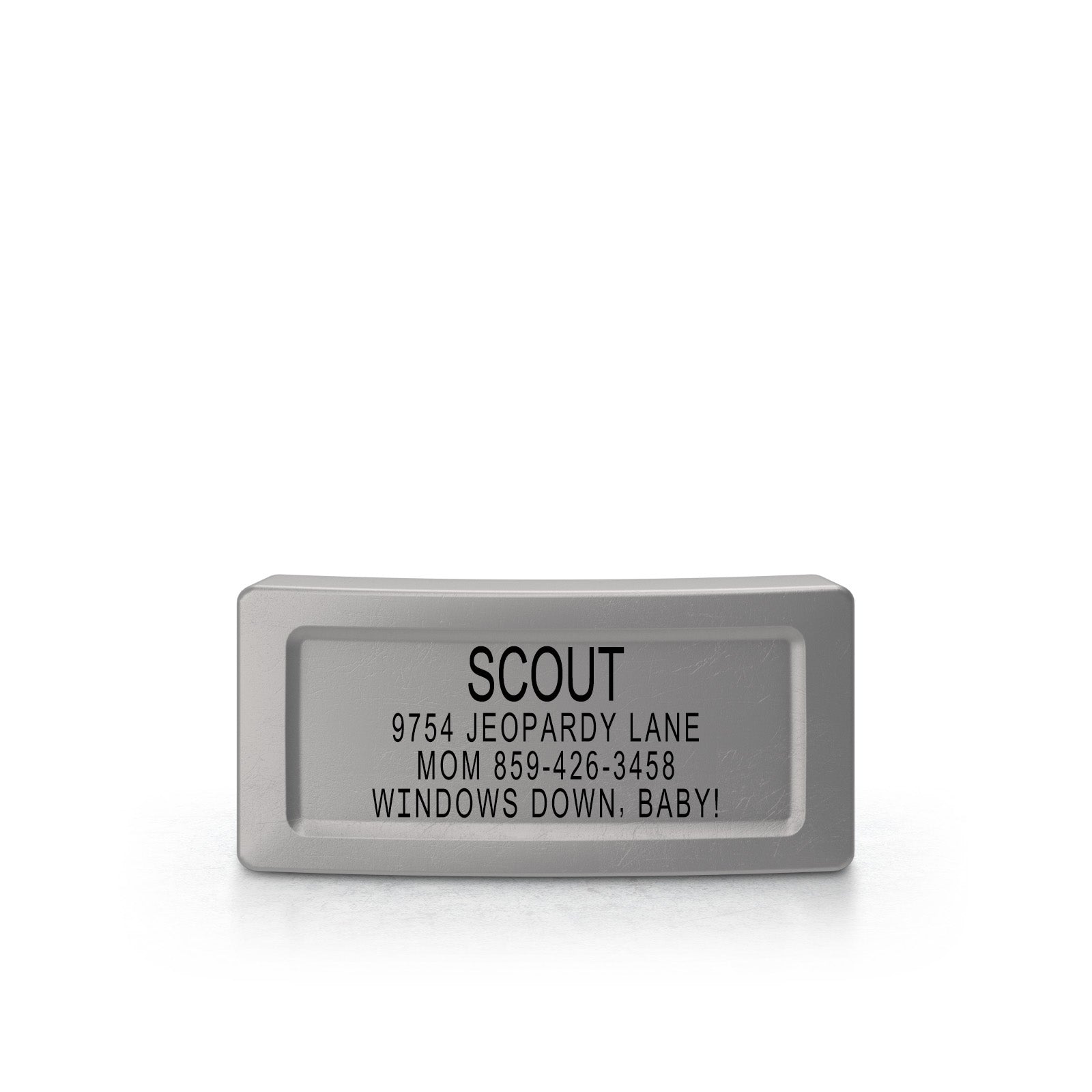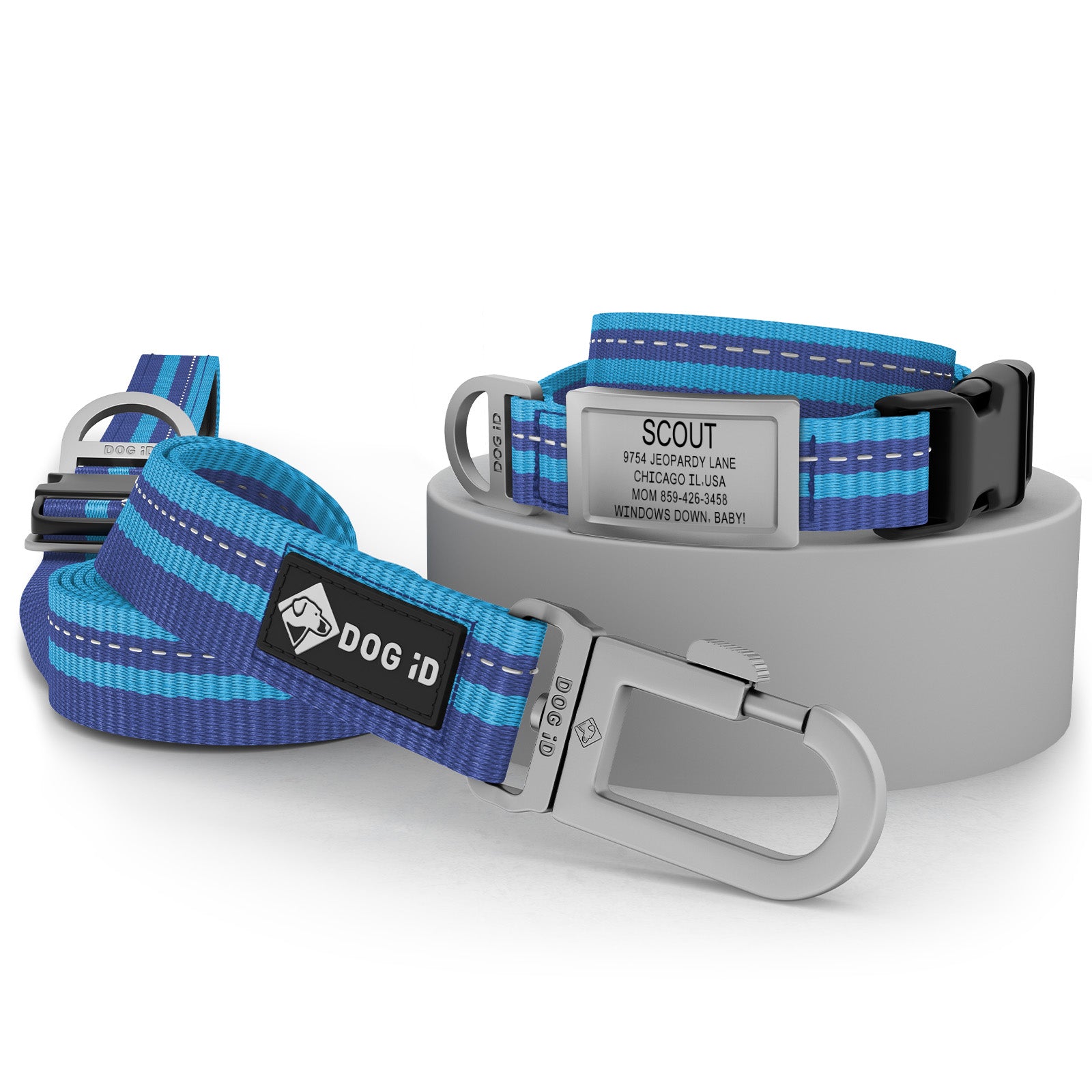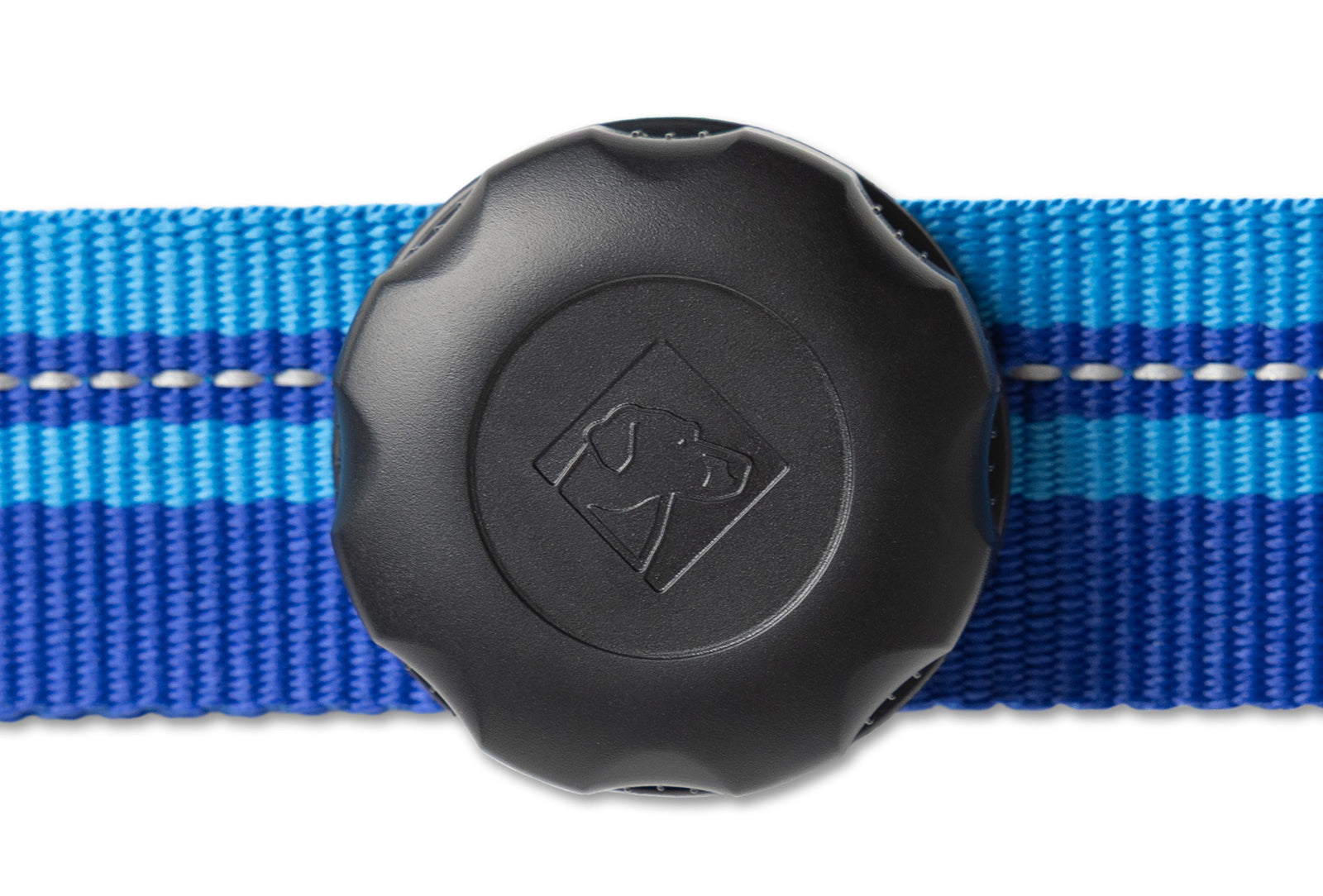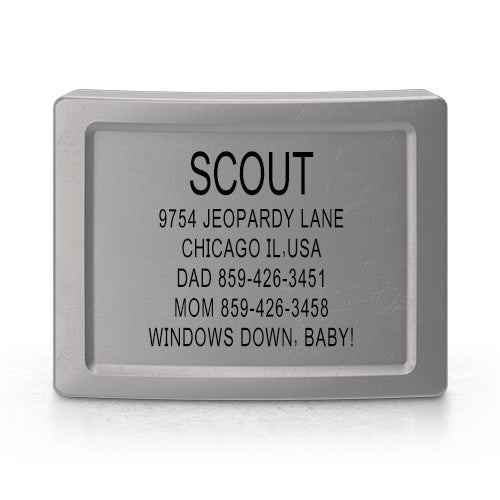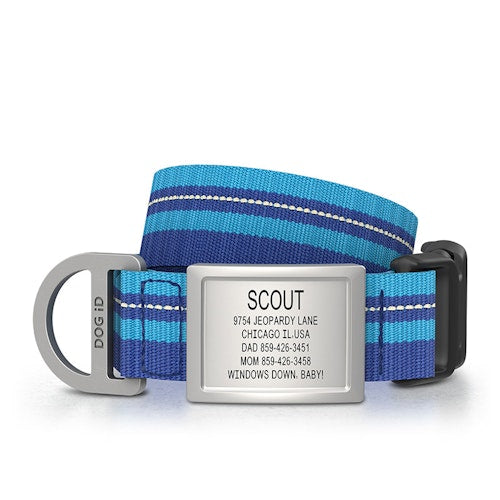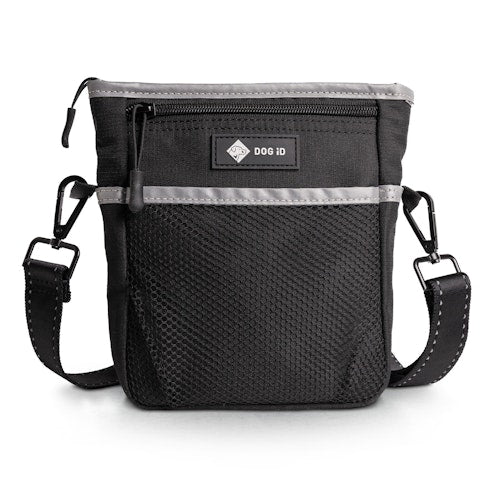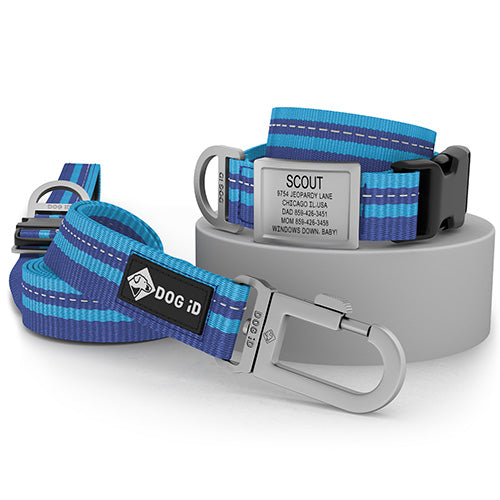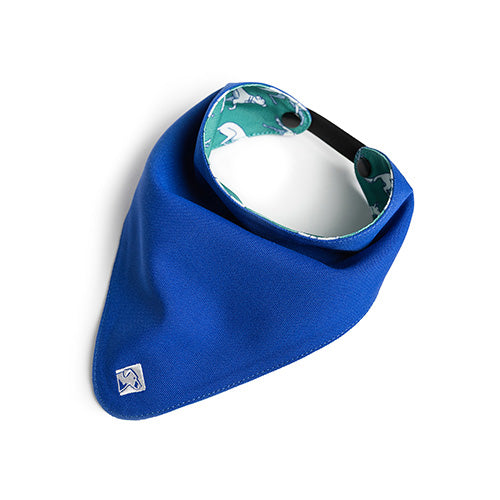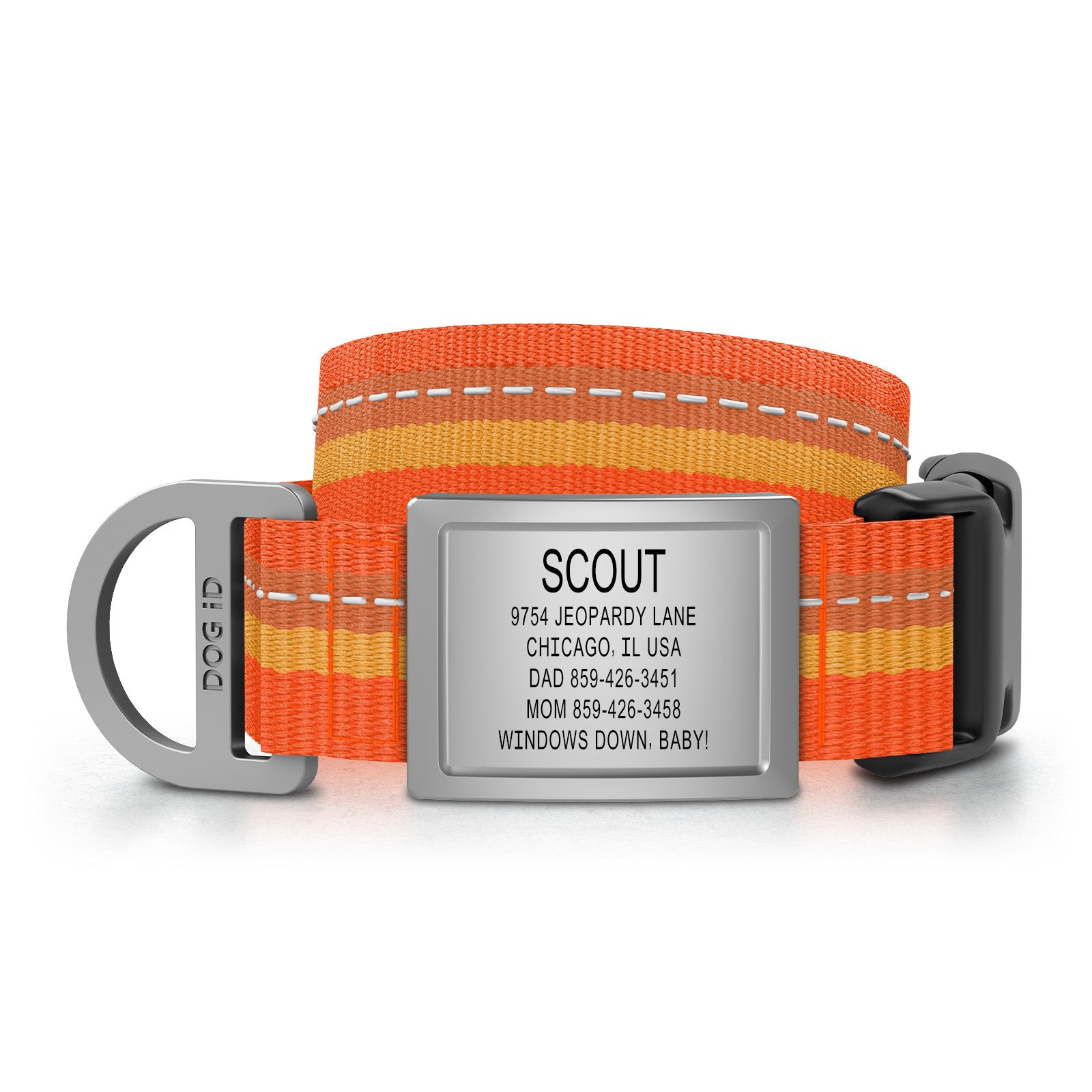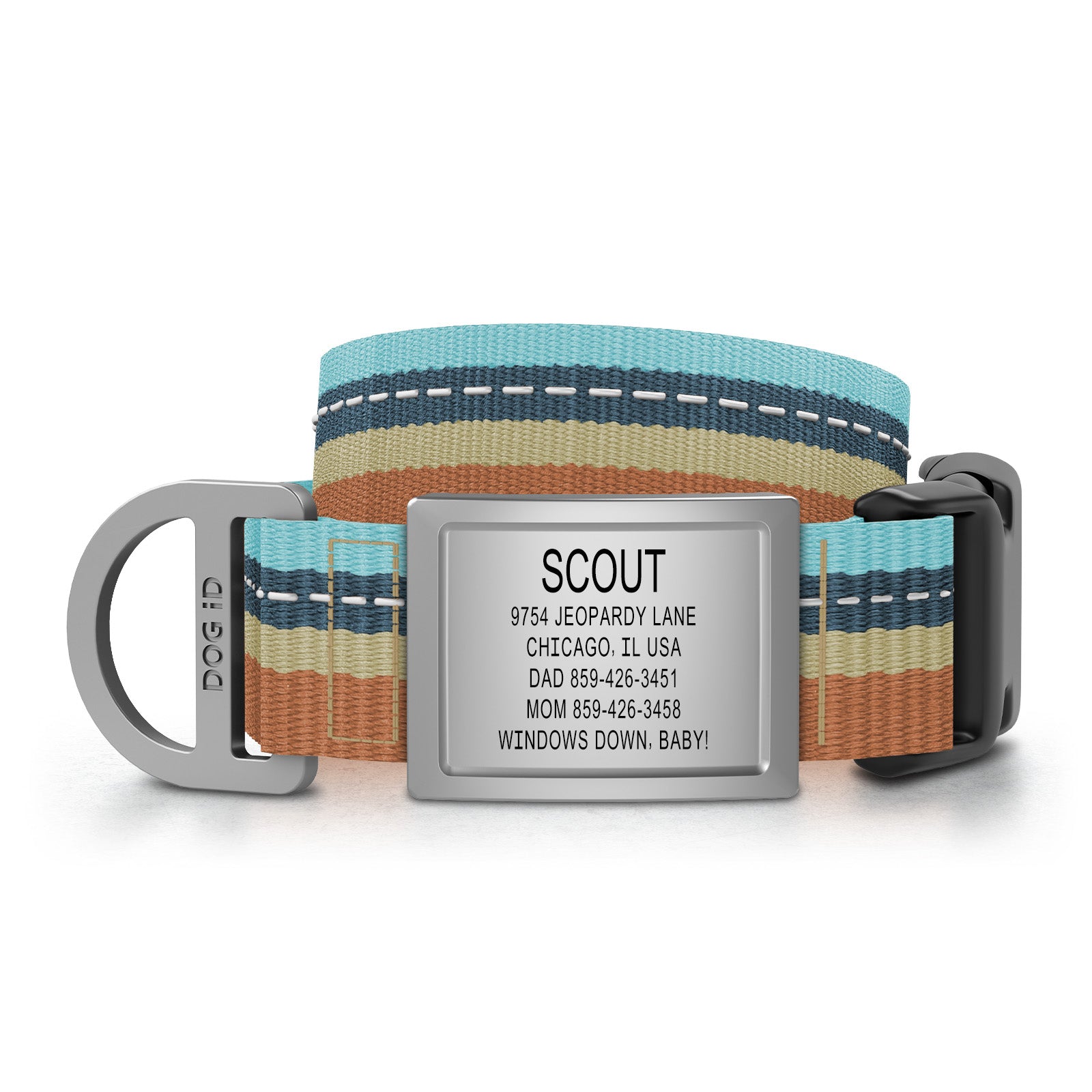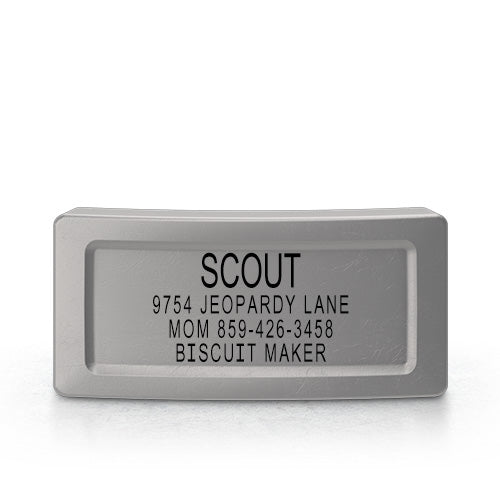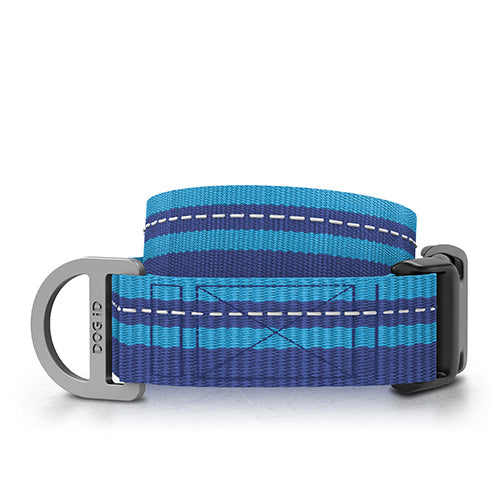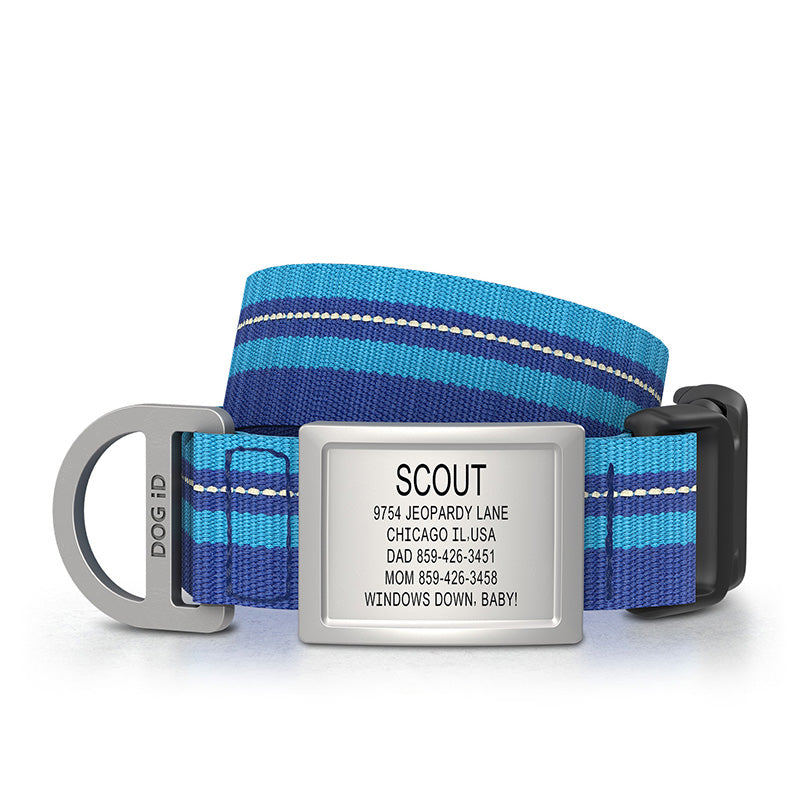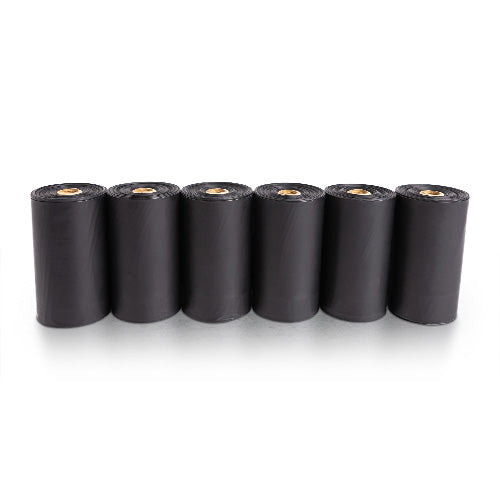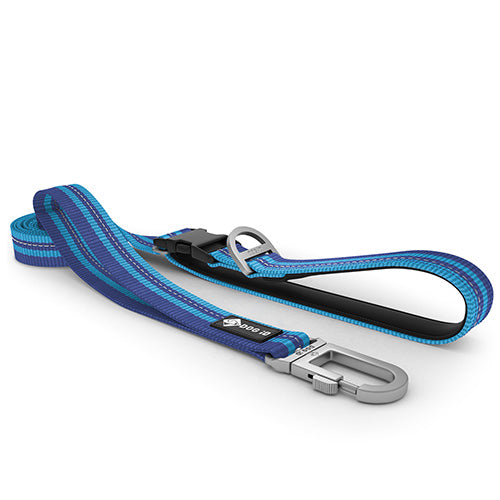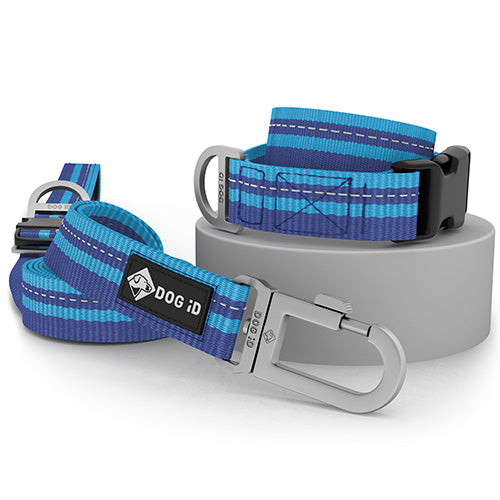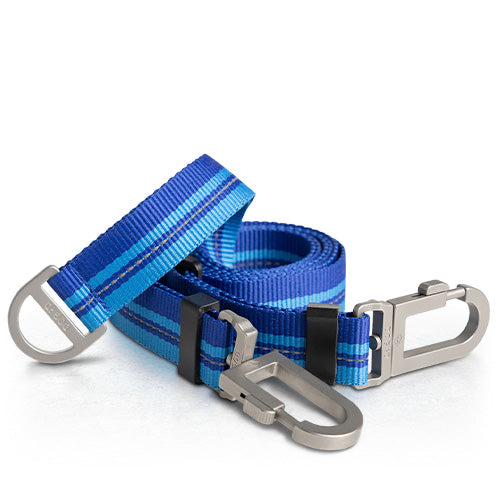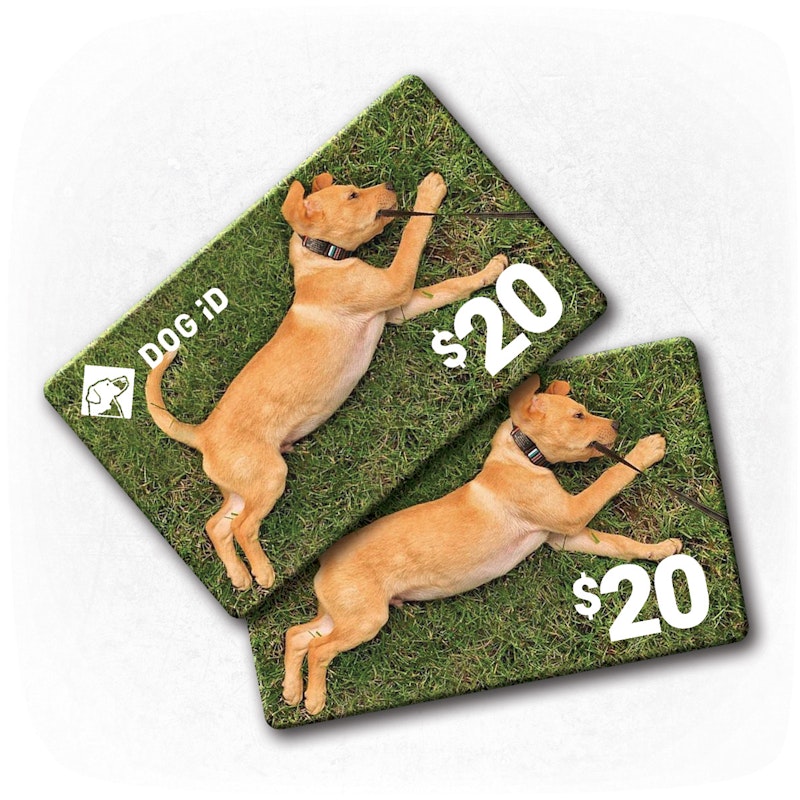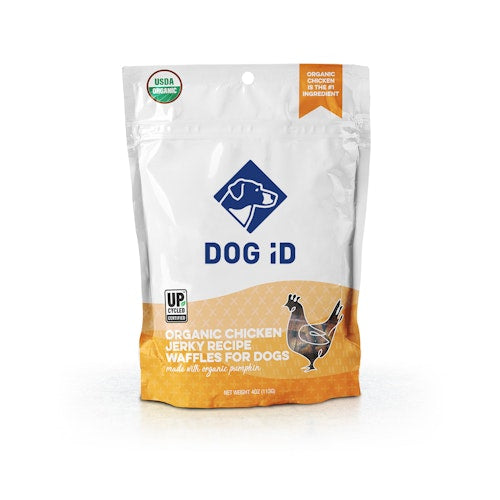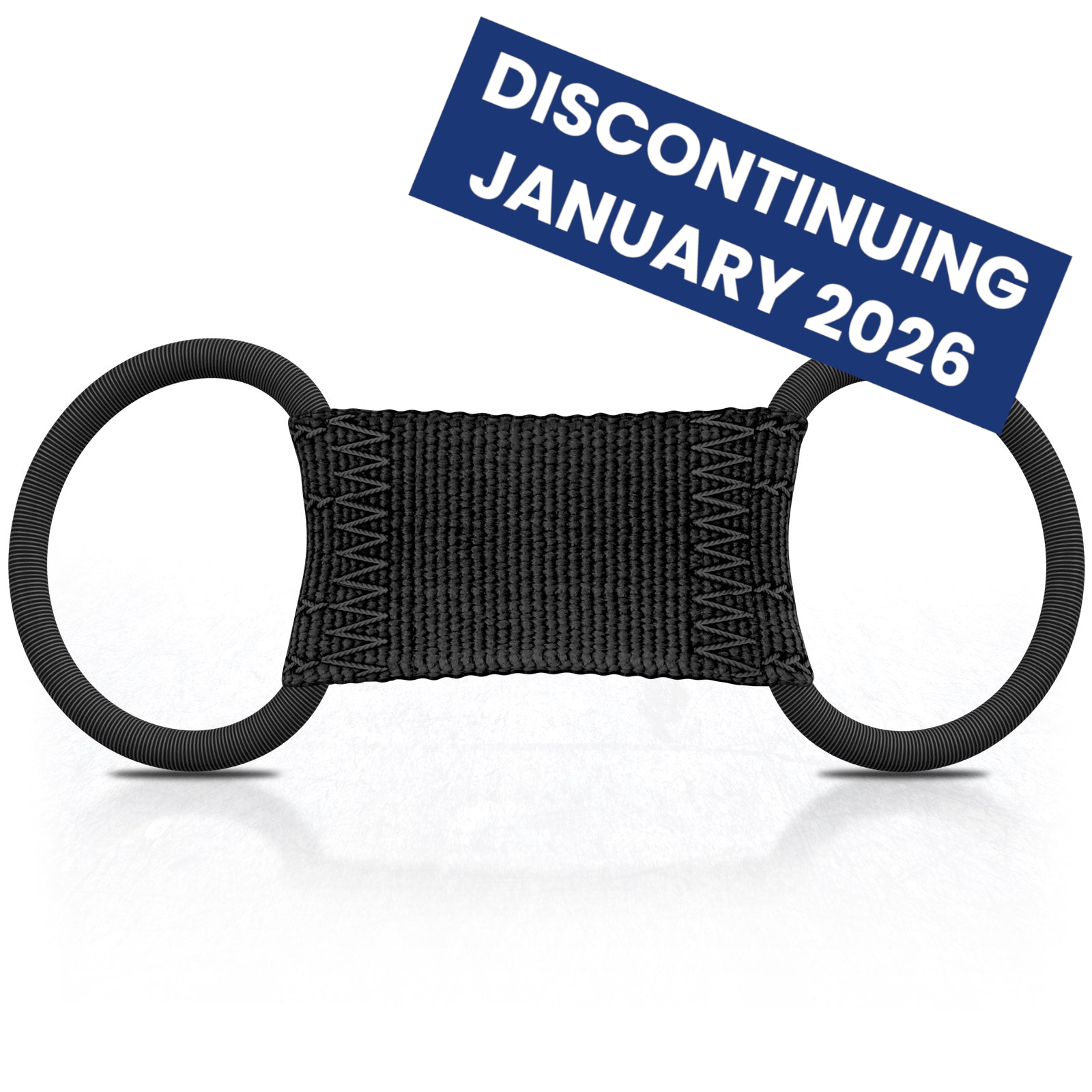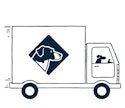
Introduction
Few things feel as good as the unconditional love of a dog. And as a dog owner, it’s one of life’s great joys to be able to give your pet the best life they deserve. If it’s your first time getting a puppy of your own, familiarizing yourself with the basics of dog ownership will help you choose the perfect dog for your personality, prepare your home for your new dog, and make sure they adjust well to the new environment. This guide explains every key chapter of dog ownership for first-timers in brief so you can welcome the newest member of the household in no time.
Importance of Being Prepared as a First-Time Dog Owner
Becoming a dog owner is a serious, long-term commitment. As such, it’s important to think over your decision before making a final call. And when you decide to go ahead, you must know as much as possible about the dog you’re getting and what lifestyle changes you need to make to fully accommodate them in your life.
Knowing the basics of dog ownership will mentally and physically prepare you for what to expect so both you and your dog can quickly adapt to your new life together.
Things to Consider Before Getting a Dog
To really make sure bringing a dog home is the right decision for you, the following points should be thoroughly considered.
Do You Have the Time?
Can you give your dog the attention and care they require? As a pet owner, your pooch depends on you to fulfill its physical and emotional needs. That includes the time required to walk, bathe, and play with them, as well as spending time with them to make sure they feel loved in their new home.
Some dog breeds may also require more hands-on care than others. The time requirement is one of the first and most important considerations you need to think about when contemplating dog ownership.
Size of Your Home, and Do You Rent or Own?
Does your current living situation make it possible to own a pet without any issues? Will neighbors be complaining about barking noise? If you are renting, do you know your landlord’s policy about having pets within the property? And if you’re looking to own a large dog breed, does your home provide enough space for them to move around?
Having a dog also means being considerate of how this will affect others around you, including neighbors and family members.
Financial Readiness
Dog ownership comes with substantial expenses. Prepare to spend anywhere between $1,500 and $9,900 for your pet. That includes initial investments such as vaccines, food and treats, care supplies, grooming, routine vet care, preventive medication and supplements, training classes, dog walking and pet sitting services, as well as other unexpected or emergency expenses.
You might have to spend more if you’re looking to get pet insurance as well as liability insurance.
Household Readiness
Is everyone at home on board with your decision to get a pet? The entire household must be in agreement when it comes to making a decision that will ultimately affect everyone. Having children at home is also something to take into consideration since they can get a little rough with dogs. Family members, partners, and roommates must thoroughly understand what having a dog at home entails and what changes are to be expected and met to make the transition easier for everybody.
Readiness for a Long-Term Commitment
Caring for a dog comes with demanding physical and emotional responsibilities. Are you prepared to take on these responsibilities for the long term? Dog care requirements can vary between breeds, but generally, these include feeding the pooch, taking them for a walk, taking them to the vet for their routine checkups and grooming sessions, playing with them, scheduling pet-sitting services, etc. Assess your readiness before you decide to go ahead.
Choosing the Right Dog
Once you’ve determined that you’re ready to take on the responsibilities of a dog owner, it’s time to pick a dog to be your companion.
A. Research Different Breeds
The breed of dog you pick really determines what kind of experience you’re going to have as a first-time dog owner. According to the American Kennel Club, the following dog breeds are best for first-time owners.
- Cavalier King Charles Spaniel
- Boxer
- English Springer Spaniel
- Papillon
- Poodle
- Shih Tzu
- Soft-Coated Wheaten Terrier
- Whippet
- Labrador Retriever
B. Consider Your Lifestyle and Living Situation
Your activity level and living setup are other key considerations when choosing the right dog for you. If you are a more active person, getting a high-energy breed is a good idea, as they can keep you company when doing physically demanding activities. However, if you love staying in or work from home the majority of the time, you might want to opt for a low-maintenance breed.
Low-Maintenance Breeds
These dogs are easier to care for and require minimal exercise, grooming, or training.
- Brussels Griffon
- Bullmastiff
- Dachshund
- Chihuahua
- Poodle
- West Highland Terrier
- Greyhound
- French Bulldog
- Mastiff
- Cavalier King Charles Spaniel
Apartment Dogs
If you are renting out and don’t have much home space, the following breeds are the best choice.
- Pug
- Yorkshire Terrier
- Shih Tzu
- Basenji
- Boston Terrier
- Mini Pinscher
- English Bulldog
- Chihuahua
- Greyhound
- Boston Terrier
- Cavalier King Charles Spaniel
Family Dogs
These gentle breeds are great if you have children in the household.
- Bull Terrier
- Beagle
- BulldogMutts
- Golden Retriever
- Irish Setter
- Labrador Retriever
- Poodle
- Newfoundland
- Vizsla
Active Dogs
The following are the best breeds to get as workout buddies.
- American Staffordshire Terrier
- Border Collie
- Brittany
- Belgian Malinois
- Dalmatian
- Doberman Pinscher
- German Shorthaired Pointer
- Greyhound
- Redbone Coonhound
- Vizsla
C. Adopting vs. Buying
The next question you need to grapple with is whether to adopt or buy. It’s a question that sparks strong feelings. But in the end, the decision is ultimately up to you. This guide lays out the pros and cons of both adopting and buying so you can make an informed decision.


Preparing Your Home for Your New Dog
A. First-Time Dog Owner’s Shopping List
Before taking your new pup home, be sure to have the following materials ready:
- pet gates or baby gates
- dog bed
- bowls
- brush
- cleaning supplies
- collar, tags, and leash
- nail clippers
- poop scoop and poop bags
- shampoo
- toothbrush
- toys
- dog-specific first aid kit
- biodegradable dog waste bags
- treats
- flea and tick collars
B. Dog-Proofing Your Home
Here’s how to make your newest four-legged family member safe in their new home.
For Kitchens & Bathrooms
- Put chemicals and medications on high shelves or cabinets
- Always keep food out of reach
- Keep your toilet lids closed at all times
For Living Rooms
- Secure cables and wires
- See to it that vents and air ducts are covered and inaccessible
- Always clean up after arts and crafts
- Keep poisonous house plants out of reach
For Bedrooms
- Keep medications and cosmetics off any surfaces where your dog can easily reach them
- Keep wires out of reach to avoid chewing hazards
- Put away shoes and laundry in a secure place
For the Garage
- Secure cleaners and toxic chemicals in high places
- Keep all tools and sharp objects out of reach
C. Setting Up a Designated Area for Your Dog
Having a dedicated space in the house for your dog will give them a sense of security and comfort. Here are some tips for choosing a place in the house for your pooch:
- Choose the right location. It should be an area with low traffic so they can't be disturbed while resting or napping.
- Select a comfortable dog bed. Make sure the dog bed fits your dog's size and sleeping habits.
- Provide food and water bowls. Your dog needs access to food and fresh water at all times.
- Consider providing them with entertainment, like chew toys and bones.
- Keep this area clean.
Training and Socializing Your Dog
A. Basic Obedience Training
Obedience training teaches your dog to listen and follow instructions. This involves establishing you as the pack leader so you can curb temperament and behavior problems and keep your dog under control.
For successful obedience training, you need to select a reliable dog trainer who has good dog training ethics and philosophy. Get to know the prospective trainer’s methods first before deciding to move forward.
B. Socialization with People and Other Dogs
Socialization is an important aspect of a dog’s development. It’s good to start them young. Puppies can be socialized at 3 to 12 weeks of age. This involves exposing your dog to different people, environments, and stimuli so they can learn how to interact appropriately.
To adequately socialize your dog, take them to parks, cafes, and various places where they can meet different kinds of people. Just make sure you monitor their behavior as they interact with strangers.
C. Dealing with Common Behavior Problems
Signs of aggression, such as chewing, barking, and snarling, can be caused by underlying issues, such as pent-up energy, anxiety, and boredom. Work with a professional trainer to determine the cause and address the issue before they get worse.
Feeding and Exercise
A. Choosing the Right Food for Your Dog
At 4 weeks old, puppies can start eating commercial dog food that’s specifically formulated for their age. Before they reach their adult size, their diet should contain at least 25 to 30% protein. Do not make the common mistake of feeding your puppy more treats than their regular diet, as this can result in obesity and ill health later on in their adult life.
Dogs are strict carnivores, and thus, the majority of their diet should come from meat. Certain fruits, grains, and vegetables may be added to their regular food as fillers. The most adequate diet for your dog should include high-quality ingredients that are a combination of meat, fruits, grains, and vegetables.
Foods to Avoid
- alcohol
- avocado
- bones
- caffeine
- chocolate
- citrus
- coffee
- eggs
- grapes
- raisins
- milk and dairy
- nuts
- onions
- garlic
- chives
- raw meat
- salty snacks
- xylitol
- yeast dough
Each dog breed can have its own unique dietary requirements. To be on the safe side, consult with your vet to know the best diet for your canine.
B. Developing a Feeding Schedule
Dogs, unlike humans, cannot choose the food you give them, but they’d happily gobble up whatever you feed them. And yet, like humans, what and when they eat is directly responsible for their health. That is why it’s important to not only give them healthy food but also to feed them at the right time. The following are some general tips for creating a feeding schedule for your dog:
- Puppies should be fed at least three times a day
- Adult dogs need to be fed at least twice a day
- Always feed the dog in the same location
- Do not feed your dog near where you prepare your food
- Pick up the dog dish after they’re done eating
- Feed the dog a specific amount of food consistently
- Factor the giving of treats into your feeding schedule
C. Exercise Requirements for Different Breeds
Most dogs need to be walked at least once or twice per day. Being able to roam, meander, and sniff around keeps them healthy physically and mentally. It also helps reduce behavioral issues like chewing, digging, and excessive barking, which can be caused by boredom, stress, and anxiety. It also helps build trust and strengthen your bond with your dog.
Health and Wellness
A. Regular Check-ups with a Veterinarian
Visit the vet within the first few days of getting your new pup or dog so your vet can review the dog’s records and conduct some overdue wellness checks. A puppy will also most likely need to get their shots to ensure they build up immunity to fight off common illnesses. Ask your vet about these shots to get a better understanding of their importance.
In general, a complete physical checkup should be done at least once per year.
B. Common Health Issues to Look Out For
- Dental diseases
- Ear infections
- Skin infections
- Stiffness and pain
- Obesity
- Ringworm
- Diabetes
- Cancer
C. Grooming and Hygiene
Dogs need to be bathed at least once every three months, although this number varies depending on circumstances and where you live. Here are a few tips to make bath time easier for you and your dog:
- Brush their fur to remove matted and dead hair
- Place a rubber mat at the bottom of the tub to keep their footing stable
- Have a toy floating in the tub to keep them entertained
- Distract them with treats
- Avoid getting dog shampoo or water in their eyes
Grooming should be done regularly, especially if your dog has long hair or sheds often. Hairy dogs need to be taken to a professional groomer so they can also be thoroughly checked for fleas and other skin issues. Establish a regular grooming schedule so your pup will expect it and also learn to enjoy this time.
Conclusion
Getting a dog for the first time can entail a lot of sacrifices. It means making changes to your lifestyle, adjustments to your schedule, and a shift in priorities. By having the right guides and proper resources, you can make the transition for you and your new pup and make them feel right at home in no time.
References
- Burke, A. (2022, July 20). How to Choose the Best Dog Food. American Kennel Club. https://www.akc.org/expert-advice/nutrition/best-dog-food-choosing-whats-right-for-your-dog/
- Feeding your puppy or dog | Getting a dog | The Kennel Club. (n.d.). https://www.thekennelclub.org.uk/getting-a-dog/caring-for-your-new-puppy/feeding-your-puppy-or-dog/
- How much exercise does your dog need? (n.d.). PDSA. https://www.pdsa.org.uk/pet-help-and-advice/looking-after-your-pet/puppies-dogs/how-much-exercise-does-your-dog-need#:~:text=Most%20dogs%20need%20at%20least,great%20for%20their%20mental%20health.
- Pets In Peace. (2021, February 11). Adopt or Shop A Pet: The Pros and Cons - Pets In Peace. Pets in Peace. https://www.petsinpeace.com.au/adopt-or-shop-a-pet-the-pros-and-cons/
- Pet-Proofing Your Home - American Humane. (2022, June 21). American Humane. https://www.americanhumane.org/fact-sheet/pet-proofing-your-home/
- Rafner, L. (2022, February 4). Read our latest NLK9s blog article. https://www.newlifek9s.org/news-events/blog/service-dog-blog.html/article/2022/02/04/ten-most-common-illnesses-in-dogs
- Staff, A. (2021, August 30). 9 Great Dog Breeds for First-Time Owners. American Kennel Club. https://www.akc.org/expert-advice/lifestyle/great-breeds-first-time-owners/
- Stregowski, J. (2021, June 28). Costs of Owning a Dog. The Spruce Pets. https://www.thesprucepets.com/the-cost-of-dog-ownership-1117321
